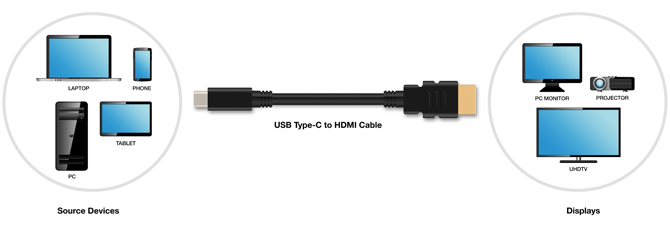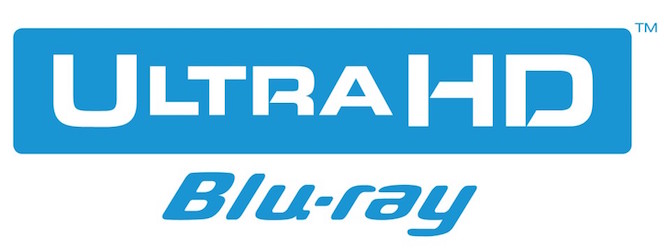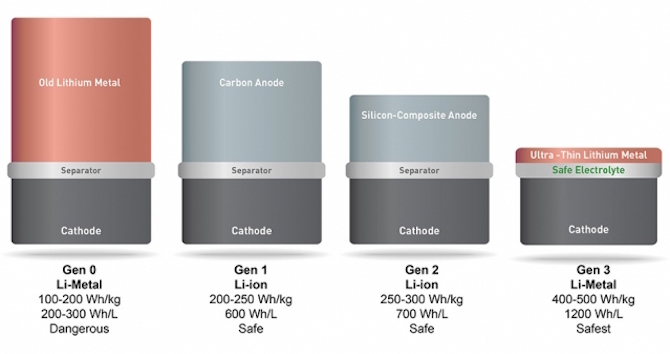Technology continues to evolve, and there isn’t much that can stop it from happening, not even a company deciding to kill the headphone jack. 2016 was a year we witnessed huge strides in technological advancements. Whether it was revolutionizing transportation or doubling the battery life on your smartphone, let’s take a look at the best tech breakthroughs of this year.
1. Hyperloop One
We all know Elon Musk as a major technological influencer of this era. When he said he wanted to change transportation, he meant it. Musk introduced the Hyperloop One, a tube-based system similar to a train that covers vast distances at high speeds and is a revolution in mass transit. This year, it was finally demonstrated.
The Hyperloop One can get up to 115 miles in just 1.1 seconds. At its peak, it will be able to transport passengers from San Francisco to Los Angeles at 800 mph. The standard cruising speed for commercial flights is 575 mph.
2. Passive Wi-Fi and Li-Fi
Researchers at the University of Washington discovered passive Wi-Fi, a technology that enables smartphones and laptops to “talk” to existing wireless networks by using less energy than they do now. While this means slower speeds, it’s not a significant hit because it benefits your battery life. Your phone and router ping data back and forth to locate each other. Passive Wi-Fi reduces the energy required by this by 10,000 times, resulting in a significant battery boost.

Additionally, Li-Fi was introduced as a method of getting Internet connection through light bulbs. We’re expecting to hear more about this tech in the coming months as it increases speeds by up to 100 times.
3. 4D printing
While many of us are still adapting to 3D printing, scientists have gone a step further and now introduced 4D printing. It’s beneficial for consumers since it uses the same principles as 3D printing.
3D printing gives you a single three-dimensional object, while 4D printing can transform when given some stimulus, such as a physical touch or electrical current, turning it into something different.
4. Passenger drones
While drones are not anything new, the idea of robots that fly similarly to airplanes is. It’s important to note that passenger drones are not flying cars. Rather, they are machines that only accommodate one passenger at a time and fly themselves with a preset flight plan.
5. AlphaGo
In 2016, Google’s AlphaGo artificial intelligence machine defeated the world’s best human player of the strategy game called Go. To put it lightly, Go is so complex in strategic combinations that it makes chess seem like a child’s toy.
When the robot beat the best human Go player, it meant artificial intelligence had improved more than anyone predicted. Defeating Go was deemed an impossible task for current computers and technology, so AlphaGo’s victory proved such advancements for artificial intelligence.
6. HDMI Alt Mode
Typically, technological breakthroughs show us what we can expect in the next few years. But something like the new HDMI Alt Mode specification takes immediate effect on our lives. In simplest terms, the new HDMI Alt Mode lets you connect any device with a USB-C port to any device with an HDMI port. You can now connect your smartphone to your TV with just a single wire, no adapters or special hardware needed.

7. Ultra HD Blu-Ray
The Ultra HD Blu-ray disc was the most immediate technological breakthrough of 2016. It’s a new type of Blu-ray disc that stores more data in order to show 4K resolution videos and add in other data such as HDR standardization for videos.

However, the Ultra Blu-Ray is currently slightly inaccessible. You need a player that supports the standard, which current-generation Blu-ray players and PlayStation 4s do not, as well as a TV that supports HDR technology. Once it’s all smoothed out, users will be able to make a purchase decision to use this new technology.
8. 5D Data Discs
We always wonder how long our data can last on anything we store it on, whether it be a hard disk, an SSD, or a Blu-ray. As data longevity is an issue, especially regarding historical value, scientists have come up with the 5D Data Disc as a solution.

The device holds up to 360 TB of data per disc, and can be stored at room temperature for up to 14 billion years without any data loss, meaning 5D data discs can outlast the sun. Additionally, it can withstand temperatures up to 1,000 degrees Celsius if needed.
9. Lithium-Metal batteries
Battery life is one of the primary features that affects modern technology. Whether it’s on your smartphone or laptop, it’s one of the most important features you look for. Without a strong battery life, your device is not as beneficial. Many batteries are lithium-ion, which has a liquid anode for power.

However, SolidEnergy Systems (a spin-off of MIT) introduced a new lithium-metal battery that is smaller, faster, and doubles the capacity of current lithium-ion batteries. In a nutshell, in two batteries of the same physical size, the lithium-metal battery will last twice as long. Basically, you’ll get the same battery life for half the size.
10. First true Jetpack
One of the biggest breakthroughs of this year was the JB-9 jetpack introduced by Jetpack Aviation. Science fiction turned into reality when the company demonstrated the first real in-flight jetpack. Users can go as high as 10,000 feet and up to 60 mph. There are no tricks to this device either; it’s what you’d imagine a jetpack to be.
Source: MakeUseOf
Advertisement
Learn more about Electronic Products Magazine





